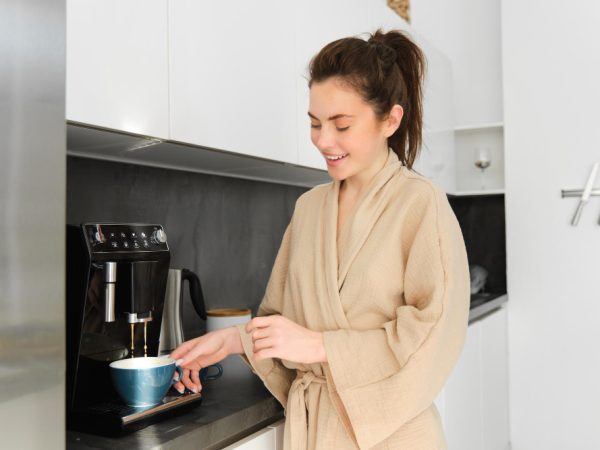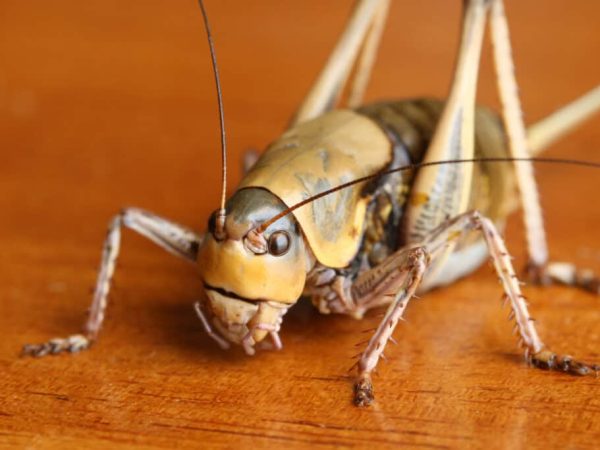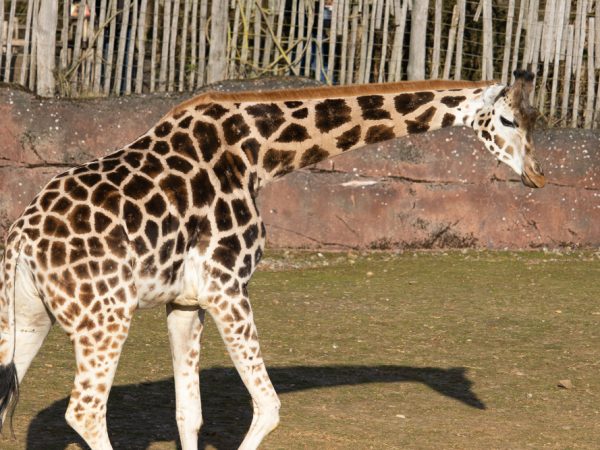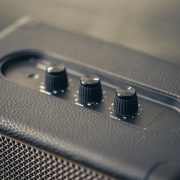Botswana Safari: 10 Stunning Photographic Spots for Nature Lovers
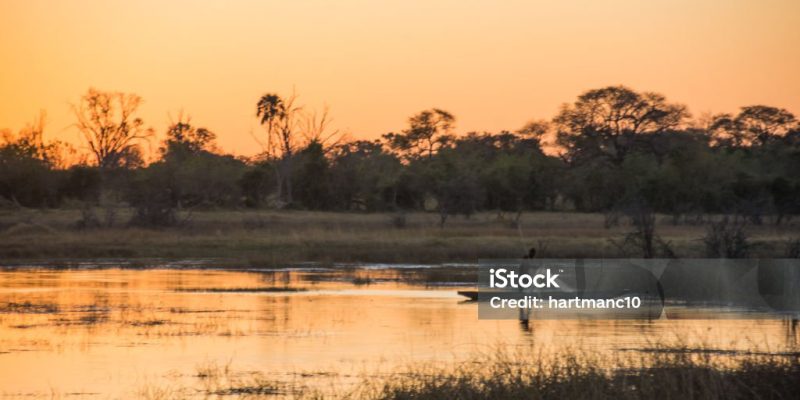
Botswana is one of Africa’s most beautiful and photogenic destinations, offering awe-inspiring landscapes and a remarkable variety of wildlife. From the flowing waters of the Okavango Delta to the vast salt pans of Makgadikgadi, Botswana’s diverse ecosystems make it a dream destination for nature lovers and photographers alike. Whether you’re capturing the raw power of predators on the hunt or the delicate beauty of a bird in flight, Botswana offers countless opportunities for stunning wildlife photography. In this article, we will explore 10 of the best photographic spots in Botswana that every nature lover should visit.
1. Okavango Delta – A Wildlife Wonderland
The Okavango Delta is arguably Botswana’s most iconic natural wonder and one of the most spectacular wildlife photography locations in the world. This UNESCO World Heritage Site is a sprawling network of waterways, islands, and floodplains, home to a diverse range of animals and birds. Whether you’re on a mokoro (traditional canoe), boat, or land-based safari, the Okavango offers countless opportunities to capture breathtaking wildlife shots. Imagine photographing elephants as they wade through the Delta’s water, or a predator stalking its prey in the tall grasses. The Delta is also a birdwatcher’s paradise, with colorful species like the kingfisher, herons, and the rare African fish eagle soaring above the water.
- Best Time to Visit: The best time for photography is during the dry season (May to October), when wildlife is concentrated around the water, making it easier to capture animals up close.
2. Chobe National Park – Elephant Paradise
Chobe National Park, located in northern Botswana, is famous for its large herds of elephants and offers one of the best opportunities for elephant photography in Africa. The park is home to over 120,000 elephants, and visitors can capture images of these majestic creatures bathing in the Chobe River or crossing the plains. A boat cruise along the river offers unique angles and opportunities for dramatic photographs, while land-based safaris can offer close-up shots of elephants in the wild. Apart from elephants, Chobe also hosts a variety of wildlife, including lions, leopards, buffalo, and numerous bird species, providing a diverse range of subjects for photographers.
- Best Time to Visit: The dry season, from May to October, is the best time for wildlife photography in Chobe, as animals gather around the river, providing excellent photo opportunities.
3. Makgadikgadi Pans – A Surreal Landscape
The Makgadikgadi Pans in central Botswana offer one of the most unique and surreal landscapes in Africa. These vast salt flats, remnants of an ancient lake, stretch endlessly across the horizon, creating a minimalist backdrop for photography. The contrast between the barren pans and the wildlife that calls them home makes for striking images. The pans attract migrating herds of zebra and wildebeest, which is an excellent opportunity for action shots of wildlife against the stark landscape. Additionally, during the rainy season (November to March), the pans transform into a temporary wetland, bringing an explosion of birdlife, including flocks of flamingos, which create a beautiful contrast to the salt flats.
- Best Time to Visit: The wet season (November to March) is perfect for bird photography, while the dry season (April to October) is ideal for capturing wildlife against the backdrop of the pans.
4. Khwai River – Captivating Wildlife Along the Waterway
The Khwai River, located on the northern edge of the Okavango Delta, is one of the best spots in Botswana for photographing wildlife near water. This area is known for its dense concentrations of predators, particularly lions and leopards, making it an excellent spot for dramatic wildlife shots. The riverbanks are often teeming with elephants, buffalo, and hippos, and the surrounding landscapes provide a beautiful backdrop for photography. The area is also rich in birdlife, with species such as the African jacana and the Malachite kingfisher adding pops of color to your photographs. Early mornings and late afternoons, when the light is softer, provide the best conditions for capturing wildlife and landscapes.
- Best Time to Visit: The dry season (May to October) is the best time to visit for wildlife photography, as animals gather around the river.
5. Nxai Pan National Park – A Photographer’s Desert Oasis
Nxai Pan National Park is a hidden gem in Botswana’s Kalahari Desert. The park is home to vast salt pans, lush grasslands, and seasonal waterholes, making it a remarkable spot for wildlife photography. The Nxai Pan is famous for its huge elephant herds, as well as its populations of springbok, gemsbok, and wildebeest. The park is also home to predators like lions, cheetahs, and hyenas, which are often found hunting in the area. The stark, wide-open landscape of Nxai Pan provides a stunning contrast to the animals that roam it, creating the perfect setting for breathtaking landscape and wildlife photography. Don’t miss the opportunity to photograph the iconic Baobab trees that dot the park, adding another unique element to your images.
- Best Time to Visit: The dry season (May to October) is ideal for photographing large herds of animals and capturing dramatic landscape shots.
6. Central Kalahari Game Reserve – Untamed Wilderness
The Central Kalahari Game Reserve is one of the largest wildlife reserves in the world, covering over 52,000 square kilometers of Botswana’s central desert. This vast and wild landscape is home to iconic African wildlife, including lions, cheetahs, and the endangered wild dog. The reserve’s desert environment, with its wide, open spaces and sweeping dunes, provides a dramatic backdrop for wildlife photography. The Kalahari is also known for its stunning sunsets, where the sky transforms into a brilliant canvas of colors, perfect for landscape photography.Whether you’re capturing predators on the hunt or the beauty of a lone giraffe against the setting sun, the Central Kalahari Game Reserve offers endless photographic opportunities.
- Best Time to Visit: The best time to visit is during the green season (November to March), when the rains transform the desert into a lush paradise and bring an abundance of wildlife.
7. Moremi Game Reserve – A Biodiversity Hotspot
Moremi Game Reserve, located in the eastern part of the Okavango Delta, is one of Botswana’s premier wildlife areas, offering incredible opportunities for wildlife photography. The reserve is home to a diverse range of animals, including lions, leopards, elephants, giraffes, and many species of antelope. The waterways of Moremi are particularly photogenic, offering opportunities for boat-based safaris where you can capture images of animals drinking from the water or crossing the rivers. The landscape, with its mix of mopane woodlands, floodplains, and savannah, provides varied backdrops for wildlife shots. Moremi is also known for its birdlife, with species like the African fish eagle and the lilac-breasted roller providing vibrant pops of color.
- Best Time to Visit: The dry season (May to October) is the best time for wildlife photography in Moremi, as animals congregate around water sources.
8. Savuti Channel – Predator Hotspot
The Savuti Channel in Chobe National Park is renowned for its high predator densities, making it one of the best spots in Botswana for capturing action-packed shots of lions, leopards, and wild dogs. The area is known for its dramatic landscapes, including marshes, grasslands, and savannahs, all of which provide varied backdrops for photography. Savuti is famous for its unpredictable wildlife interactions, and photographers can often capture moments of great intensity, such as a lioness stalking prey or a herd of elephants moving across the plains. The channel itself is an excellent location for photographing hippos and crocodiles, as well as the wide range of birds that thrive in the area.
- Best Time to Visit: The dry season (May to October) is the best time for wildlife photography in Savuti, as animals are drawn to the water sources.
9. Okavango Delta from Above – Aerial Photography at Its Best
For a truly unique perspective of Botswana’s landscapes and wildlife, an aerial safari over the Okavango Delta is a must. Flying in a small aircraft provides a bird’s-eye view of the intricate network of waterways, islands, and floodplains, revealing patterns that are impossible to see from the ground. Aerial photography allows you to capture the scale and beauty of the Delta, with opportunities to photograph wildlife from a completely new angle. The aerial perspective is especially effective for capturing large herds of animals or the meandering channels of the Delta. Early morning and late afternoon flights, when the light is soft, provide the best conditions for aerial photography.
- Best Time to Visit: Aerial safaris are best experienced during the dry season (May to October), when wildlife is concentrated around the water sources.
10. The Boteti River – Scenic Views and Wildlife Encounters
The Boteti River, which runs along the western edge of Makgadikgadi Pans National Park, is a popular spot for photographers seeking wildlife and scenic shots. The river is home to large numbers of elephants, and its banks are a favorite watering hole for other animals like giraffes, zebras, and wildebeest. The area is also great for capturing images of birds, including the vibrant lilac-breasted roller and the secretary bird. The surrounding landscapes, with the Makgadikgadi Pans in the distance, provide a stunning backdrop for your photos. Early mornings and late afternoons offer the best lighting for capturing the beauty of the river and its wildlife inhabitants.
- Best Time to Visit: The dry season (May to October) is ideal for capturing wildlife along the river.
Conclusion
Botswana offers some of the most stunning photographic opportunities in the world. From the waterways of the Okavango Delta to the desolate beauty of the Makgadikgadi Pans, the country’s diverse landscapes and abundant wildlife make it a photographer’s paradise. Whether you’re photographing elephants bathing in the Chobe River or capturing the vast desert landscapes of the Kalahari, Botswana offers countless opportunities to take incredible photographs. With its breathtaking beauty, rich biodiversity, and relatively uncrowded safari experiences, Botswana is a must-visit destination for nature lovers and photographers alike.
FAQs
1. When is the best time for photography in Botswana?
The best time for photography is during the dry season, from May to October, when animals are concentrated around water sources, and the weather is cooler and more comfortable for safari activities.
2. Can I do a photography-focused safari in Botswana?
Yes, many safari camps and lodges in Botswana offer photography-focused safaris, with expert guides who can help you capture the perfect shot and provide insights into animal behavior.
3. Do I need a special permit for photography in Botswana?
In general, you do not need a special permit for photography on a regular safari, but some areas may have restrictions on commercial photography. It’s always a good idea to check with your safari operator before your trip.
4. What equipment should I bring for a photography safari?
It’s recommended to bring a DSLR or mirrorless camera with a good zoom lens (at least 200-400mm), a wide-angle lens for landscapes, and a sturdy tripod. Don’t forget extra batteries, memory cards, and a lens cleaning kit.
5. Are there photography workshops available in Botswana?
Yes, several safari operators in Botswana offer photography workshops, where professional photographers can guide you in improving your skills and capturing stunning images of wildlife and landscapes.
Also read : Moonchild Menu: 10 Celestial Dishes to Savor


